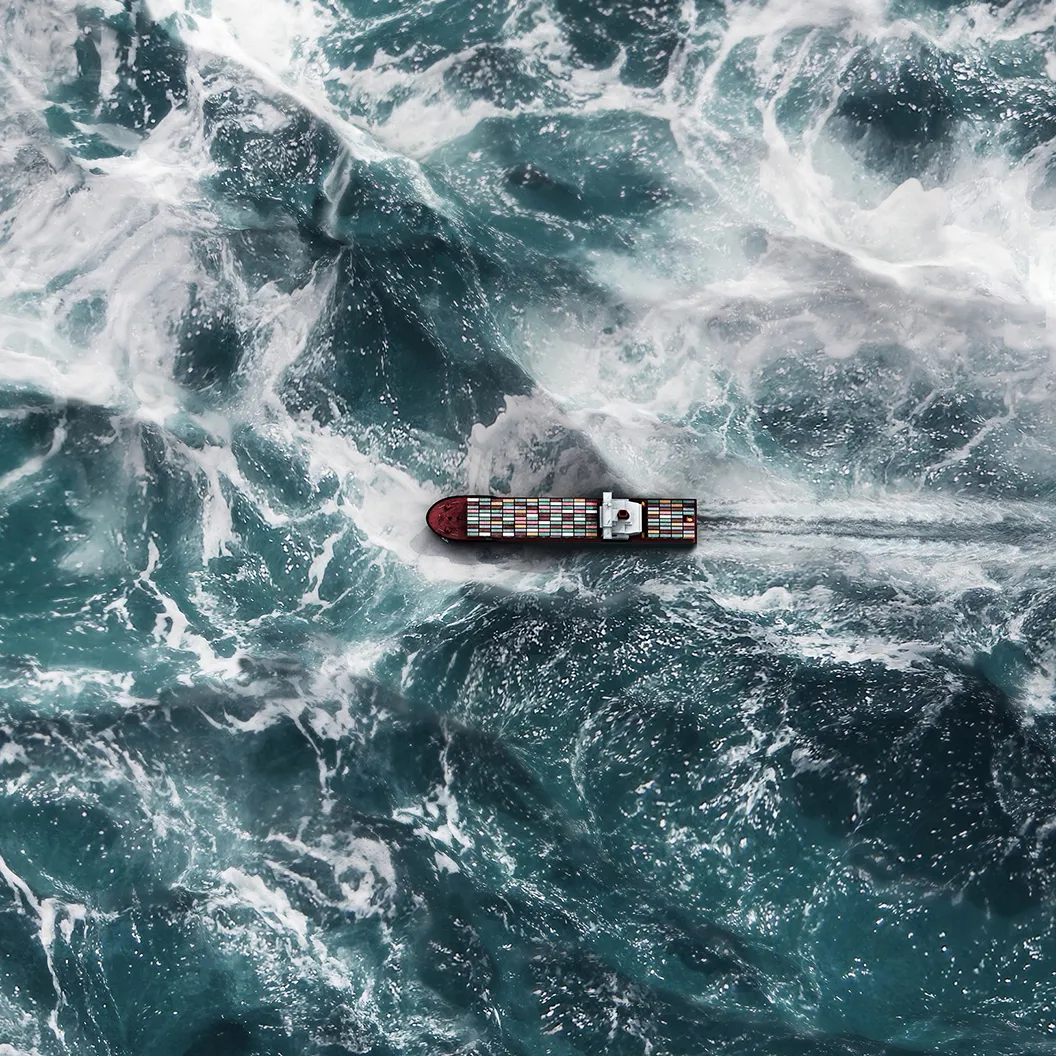
Ammonia and the cuckoo in the nest
At first glance, it appears that ammonia should be enjoying its moment in the spotlight: new production projects are being announced on a regular basis and there is continued strong demand as well as high prices. Plus, the shift towards cleaner production techniques and ‘greener ammonia’ is well underway. Indeed, it is widely acknowledged that ammonia holds a potentially significant position in the drive towards decarbonisation.

ClarkSea Record
In our 2022 review, we profile another remarkable year for the shipping industry, with a record breaking ClarkSea Index (up 30% y-o-y) and a maritime sector again managing wide ranging disruption from global events including the onset of the Ukraine conflict, continued impacts from the pandemic, a slowing world economy and divergent trends across the shipping sectors.

What will increased UK carbon storage mean for shipping markets?
UK storage remains relatively underdeveloped at present, with just six UK sites that have had licences granted to date. But all that looks set to change as the number of companies looking to enter the Carbon Capture and Storage (CCS) sector has grown exponentially. Given that storage is the starting place for all CCS projects (no storage, no project!), we are starting to see the development of UK carbon storage facilities that would underpin the region’s ability to cater for an extensive storage infrastructure.
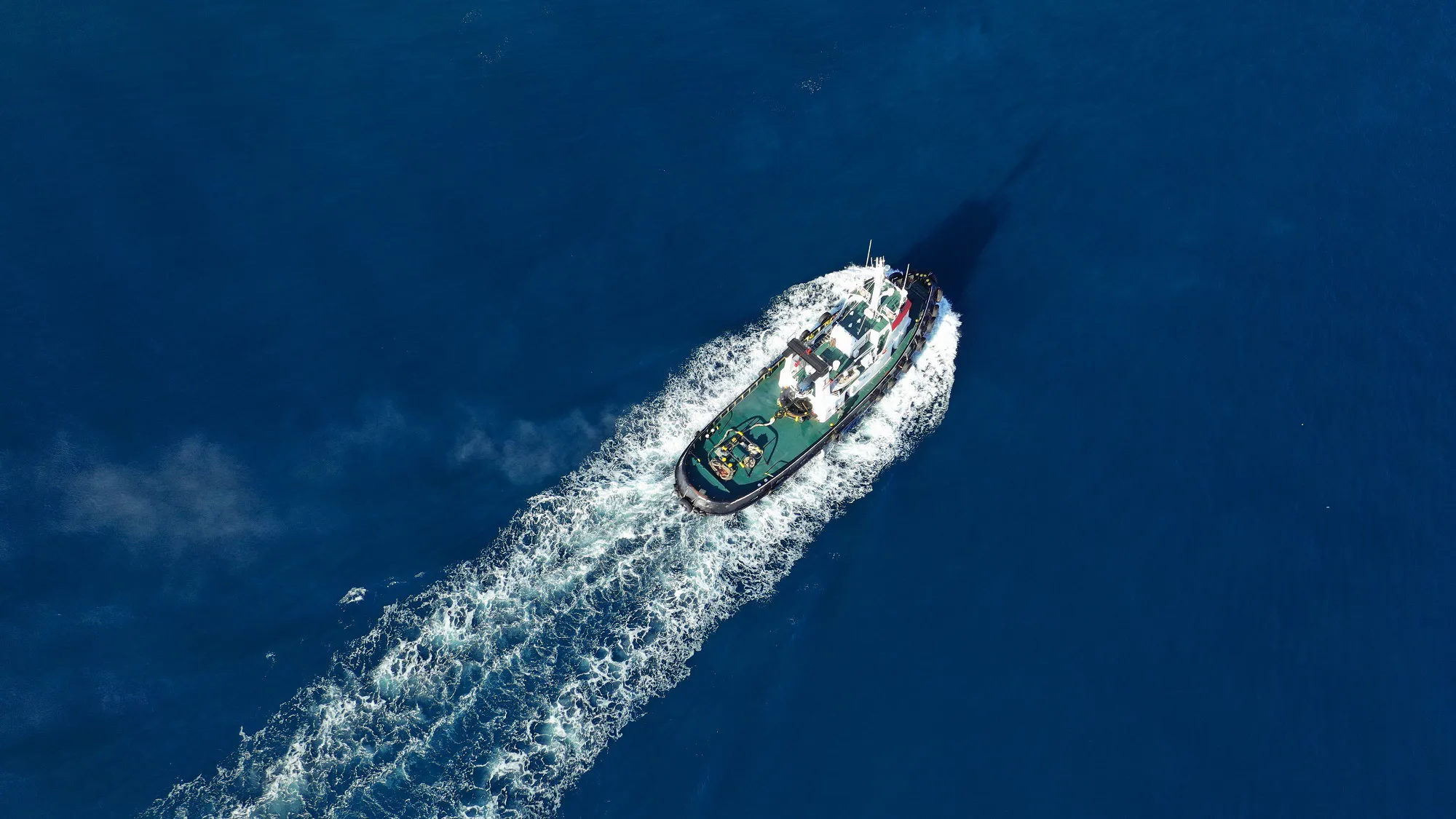
UK carbon storage ambitions ramp up
While a significant amount of work has been put into developing Carbon Capture and Storage (CCS) projects, including Northern Endurance, Acorn, Hynet and South Wales Cluster, UK storage itself remains relatively underdeveloped. This, however, all looks likely to change. Given the exponential growth in the number of companies looking to enter the CCS sector, storage is becoming ever more crucial. After all, no storage – no project!

Fleet electrification to increase as marine battery technology becomes commercially viable
Of the more than 400,000 commercial vessels around the world today, approximately 575 of these are electric and hybrid currently. However, this all looks set to change with sector specialists predicting we will see the number of electric and hybrid vessels increase dramatically in the next few years.

Carbon Capture and Storage (CCS): What are the shipping requirements?
While data is partly incomplete and occasionally inconsistent, estimates indicate we are emitting over 35 billion mt of CO₂ each year. Currently we are storing only around 0.1 per cent of that, but as decarbonisation grows in importance, so too does the need for comprehensive CCS solutions. In this article, we take a snapshot of existing CCS projects and look at the related shipping solutions required.

Charity Giving Day 2022
This year, the annual Clarksons PLC global Charity Giving Day event raised over £250,000 for The Clarkson Foundation - an incredible amount to help some inspirational charities. The action packed day saw eight global offices take part and generously donate towards the cause.
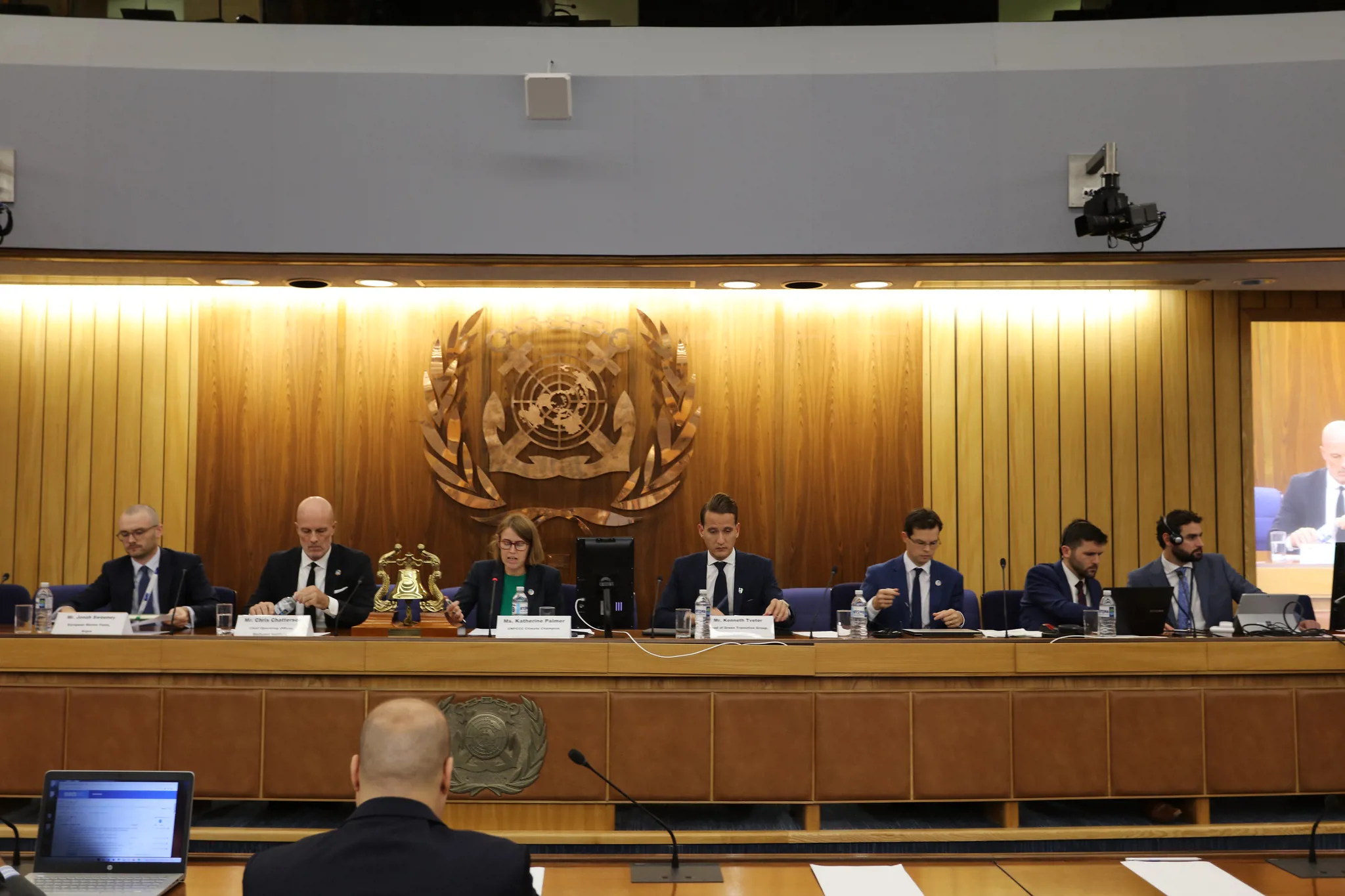
Alternative fuels challenge the sustainability of maritime decarbonisation
It is undisputable that we need to drive a lower carbon future. Kenneth Tveter, Head of Clarksons Green Transition team provides his thoughts on how the industry can best achieve this with the resources we have at hand.

Dry Cargo Shipping Diploma 2022: Welcome back!
The aim of the Dry Cargo Shipping Diploma (DCSD) is to deliver a comprehensive understanding of the global dry cargo shipping industry covering commercial, legal, financial, regulatory, operational and technical aspects.
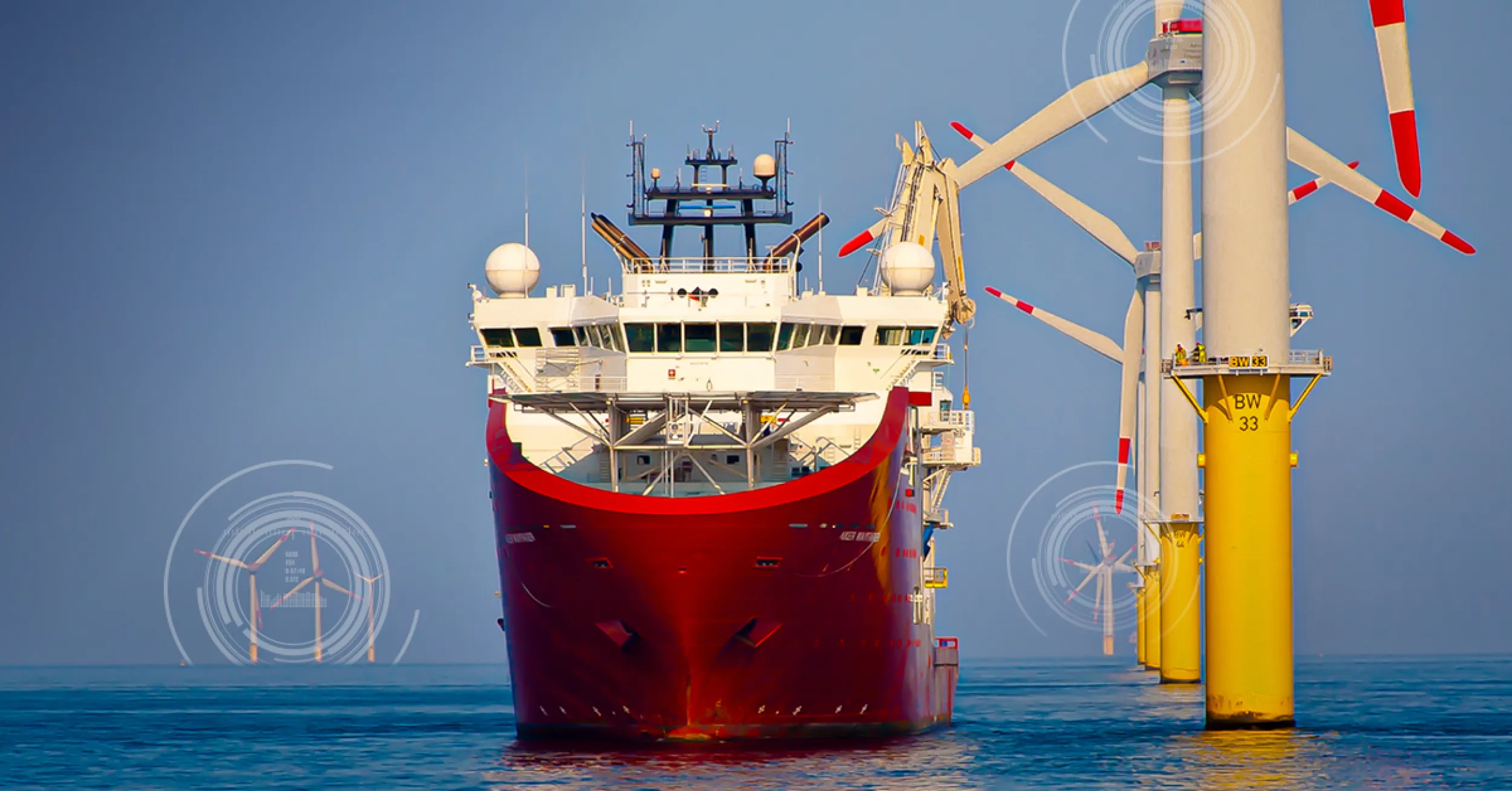
How Clarksons helps offshore wind developers to understand the local marketplace
Achieving your objectives within the global offshore wind market requires a locally focused lens.

Strengthening the bridge between academia and industry
Clarksons was once again pleased to host the Maritime Masters finalist event to both online and in-person delegates, for the fourth year running.
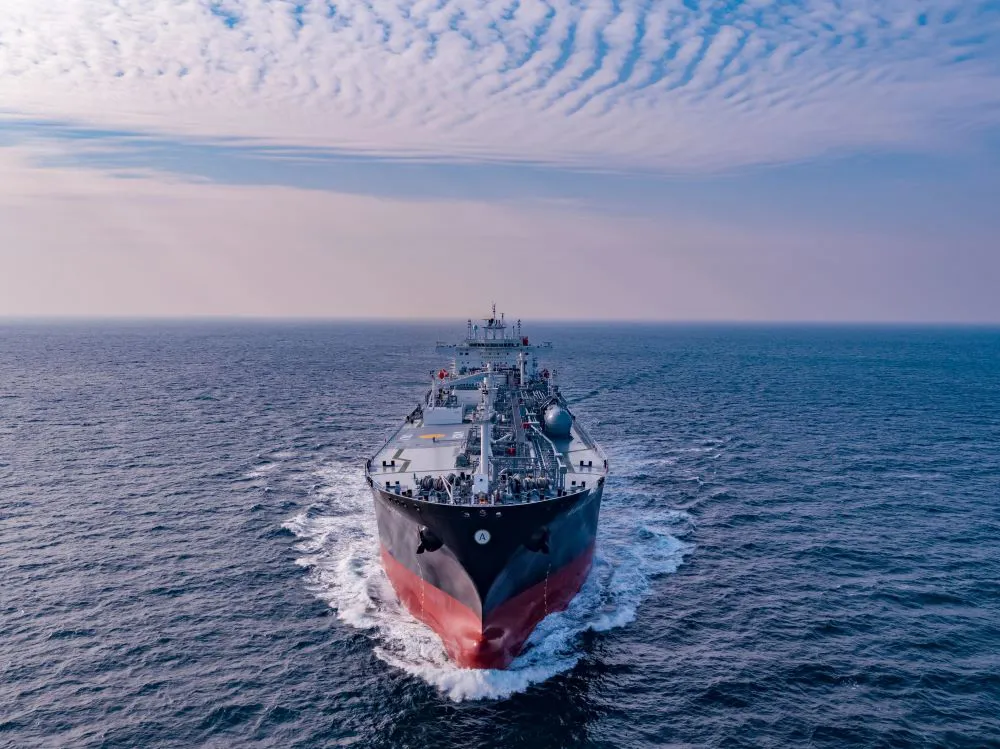
Carbon Capture and Storage (CCS): The scale of the challenge
In this article we examine the macro aspects of CO₂, taking a reality check on the scale of carbon emissions, the potential to deal with them, and permanent storage solutions. While global data regarding CO₂ emissions is partly incomplete, and occasionally inconsistent, the estimated figures used in this article provide a valuable, general guide to scale.

